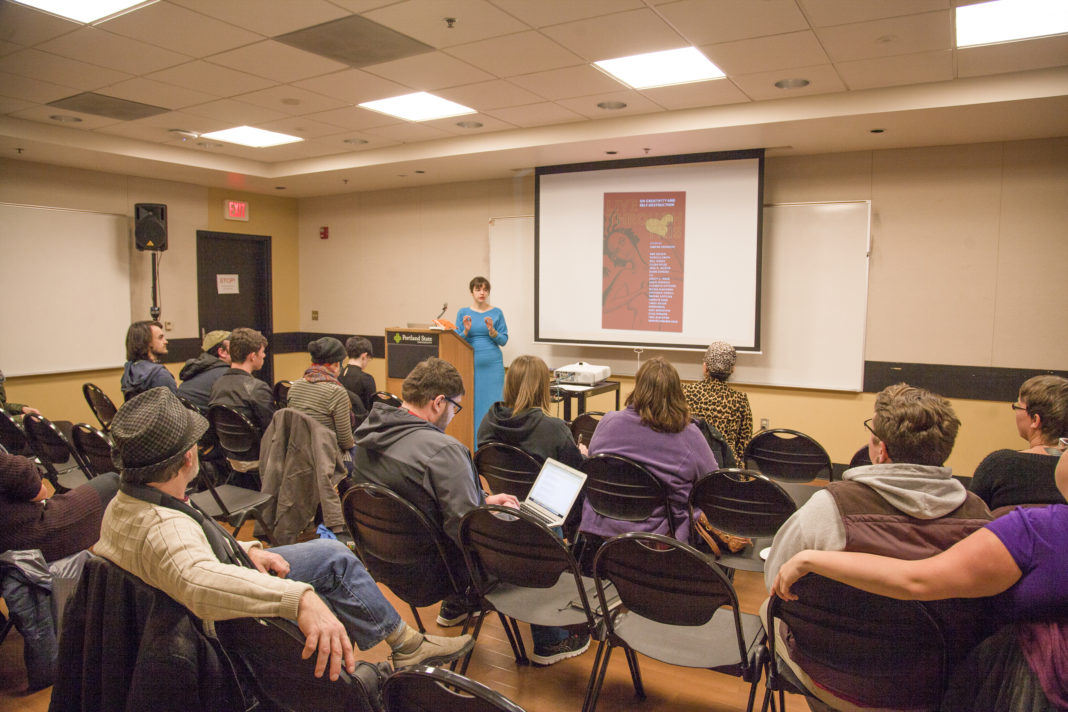Are stats worth your worry?
The high school diploma used to be the threshold which every American child was supposed to cross for a greater chance at a greater salary and a more secure job. This shifted in the 1970s and 1980s as job markets shifted, great American industrial corridors went death spiraled and large swaths of cities emptied into other metropolitan areas. This great economic upheaval sent hordes of Americans back to college with the promise of a better life. This “better life” was specifically tied to job earning potential, not the romantic notion of a liberal arts education in a brick and ivy institution. The college degree became a working woman and man’s new meal ticket, a powerful new symbol in the middle class American canon. This to was destined to shift; for nearly two decades the computer and internet “soft revolution” usurped the traditions of the college education. Twenty-year olds became millionaires, a bachelor’s degree seemed quaint and unnecessary and middle class working families saw the fortunes change with Dow Jones Industrial Average. This too, as we all know too well, changed. Again the college degree became the threshold of minimums for occupational guarantees. The late 1990s temperament was partially defined hordes of new students in college seeking, again, a better more secure future. Simply, they wanted a job that paid them well enough to live (in what has now become a clich퀌�) a “comfortable life.” Today, more students than ever before are seeking post-baccalaureate and graduate education as the standard for entering the workplace creeps ever higher. For those students who, however, must work to pay off student loans, pay off a divorce settlement, pay off that new car, pay off the American dream, these statistics are for you:



